Long term vision
Choosing the location of an administrative-political center is not just an administrative decision, but also laying the foundation for the future, prosperity and happiness of an entire community.
The administrative center is not only a place where administrative and political agencies are concentrated with rows of desks and long corridors. It is the “heart” of an entire province, where cultural, economic and social flows converge and spread. It is a symbol of unity, solidarity and the aspiration to rise of the community.
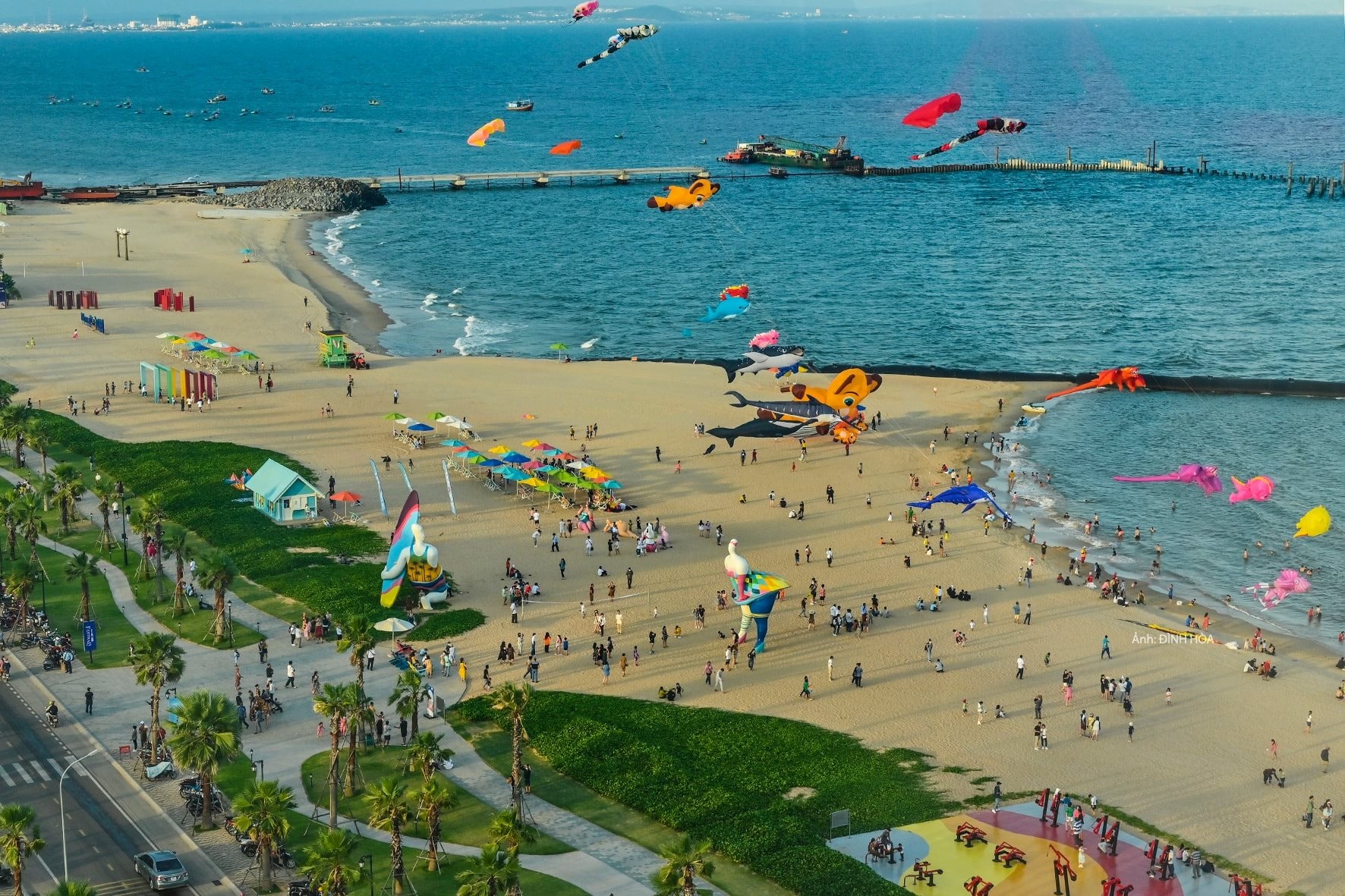
First of all, a healthy “heart” needs well-circulating “blood vessels”. The location of the administrative center must be an important traffic junction, where the province’s main roads converge. This not only facilitates travel and trade, but is also a key factor in attracting investment and promoting economic development. Placing the administrative center near highways, railways, airports and seaports will create a great competitive advantage, attracting investment and promoting economic development. Not only stopping at roads, the transportation network needs to be diversified with railways, waterways and airways. Connecting the administrative center with major cities, industrial parks, seaports and airports will create a superior competitive advantage, helping the new province “take off”.
The new administrative center needs to be built on a solid infrastructure foundation, capable of meeting development needs not only now but also in the future. This requires a long-term planning vision, taking into account population growth, economic development and the challenges of climate change.
An administrative center cannot exist independently but must be part of a vibrant economic ecosystem. Placing the administrative center near industrial parks, high-tech zones, universities and research institutes will create a spillover effect, promoting innovation and economic growth.
In the era of the 4.0 industrial revolution, the new administrative center needs to be equipped with modern information technology infrastructure, capable of meeting the needs of using artificial intelligence (AI) applications in state management and public service provision. Ensuring a stable power supply, efficient cooling system and high-speed internet connection are key factors.
In addition, it should be noted that the new administrative center is not only a modern building, but also a place to preserve and promote the historical and cultural values of the land. The selection of location must respect and preserve historical relics, ancient architectural works, traditional craft villages and cultural festivals. The location of the administrative center must ensure security, order and social safety, and at the same time have a strategic position in terms of national defense, contributing to the protection of sovereignty and territorial integrity.
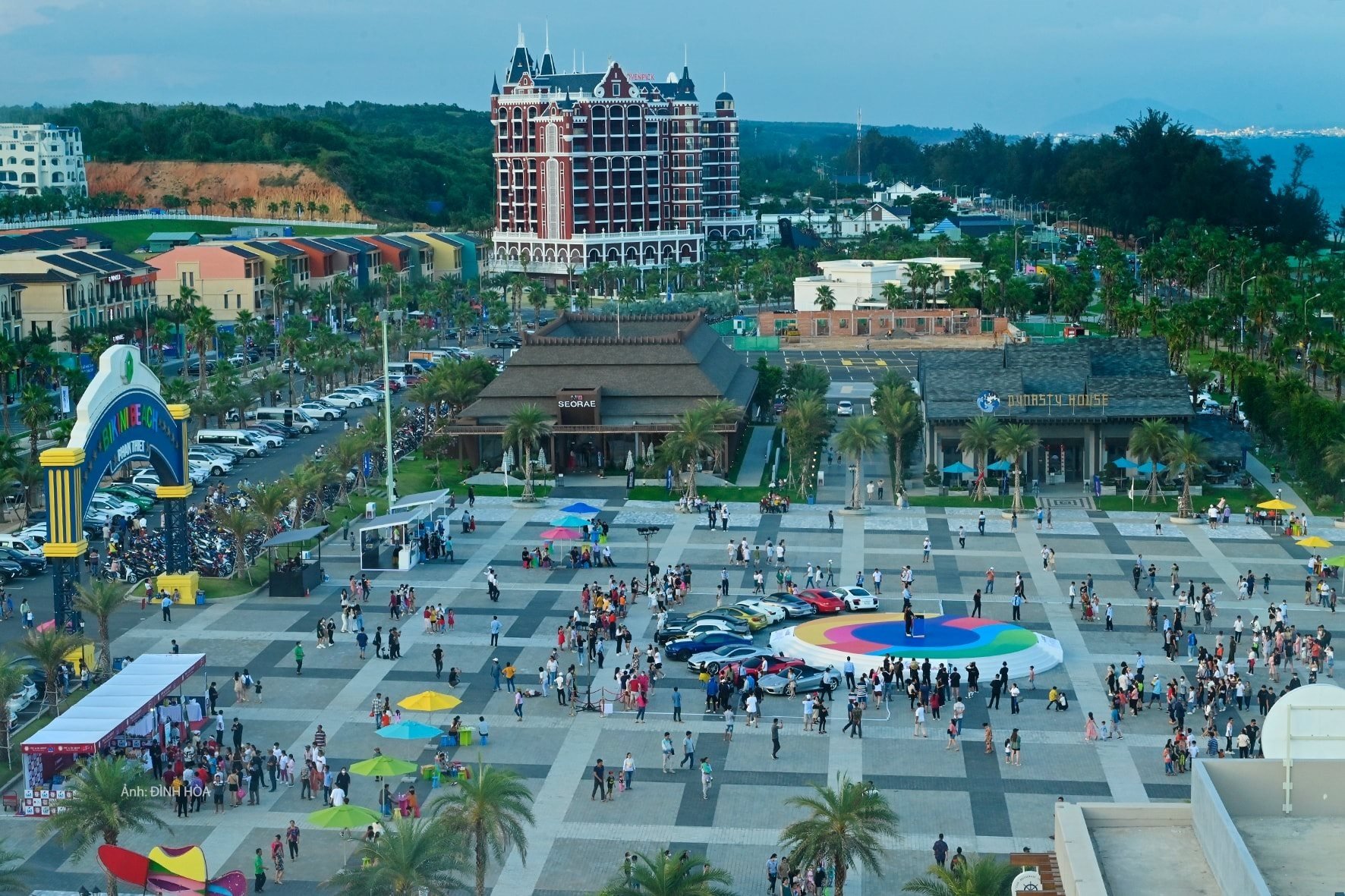
Sea view
An equally important factor when considering the location of an administrative center is room for development. Not only meeting current needs, the center needs to have enough space to expand in the future, avoiding overload and congestion after a short time. This includes land reserves for the construction of new agencies, auxiliary urban areas, green parks and other public works. It is extremely necessary to assess the expansion potential, the ability to clear land and related costs. An administrative center with a long-term vision will take into account population growth, the development of economic sectors, and the people's need for living, working and entertainment space. This place is not only a center of power but also a livable urban area, attracting people to settle and work, contributing to the sustainable development of the province.
In the context of deep international integration and the increasing importance of the marine economy, the “sea-oriented” trend is becoming an important factor in choosing the location of administrative centers. For provinces with advantages in the sea, locating the administrative center near the sea or having convenient connections with seaports and coastal economic zones will bring many benefits. This not only creates favorable conditions for the development of marine economic sectors such as maritime transport, logistics, marine tourism, seafood exploitation and processing, but also helps to strengthen the defense capacity and protect the sovereignty of the sea and islands. Moreover, “sea-oriented” also demonstrates a strategic vision in exploiting marine resources, developing renewable energy from the sea and responding to climate change and rising sea levels. A “sea-oriented” administrative center will be a symbol of the dynamism, integration and sustainable development of the province in the new era.
The choice of the location of the political administrative center when merging provinces is a decision of strategic importance, affecting the development of provinces and cities for many decades to come. This is not only a geographical and economic problem, but also a problem of culture, society and national security. To make the right decision, there needs to be a transparent, scientific decision-making process with broad participation of stakeholders, including leaders at all levels, experts, scientists and people. It is necessary to listen to the voice of history, respect cultural values and aim for a sustainable development future.
If chosen carefully and wisely, the new administrative center will become the true “heart” of the new province, where the heartbeat of development, culture, and people’s hearts blend together, creating new vitality for the whole land. It will be a symbol of solidarity, unity, and aspiration to rise up, a legacy left for future generations.
Source: https://baobinhthuan.com.vn/trung-tam-hanh-chinh-chinh-tri-nen-dat-o-dau-khi-sap-nhap-tinh-128816.html



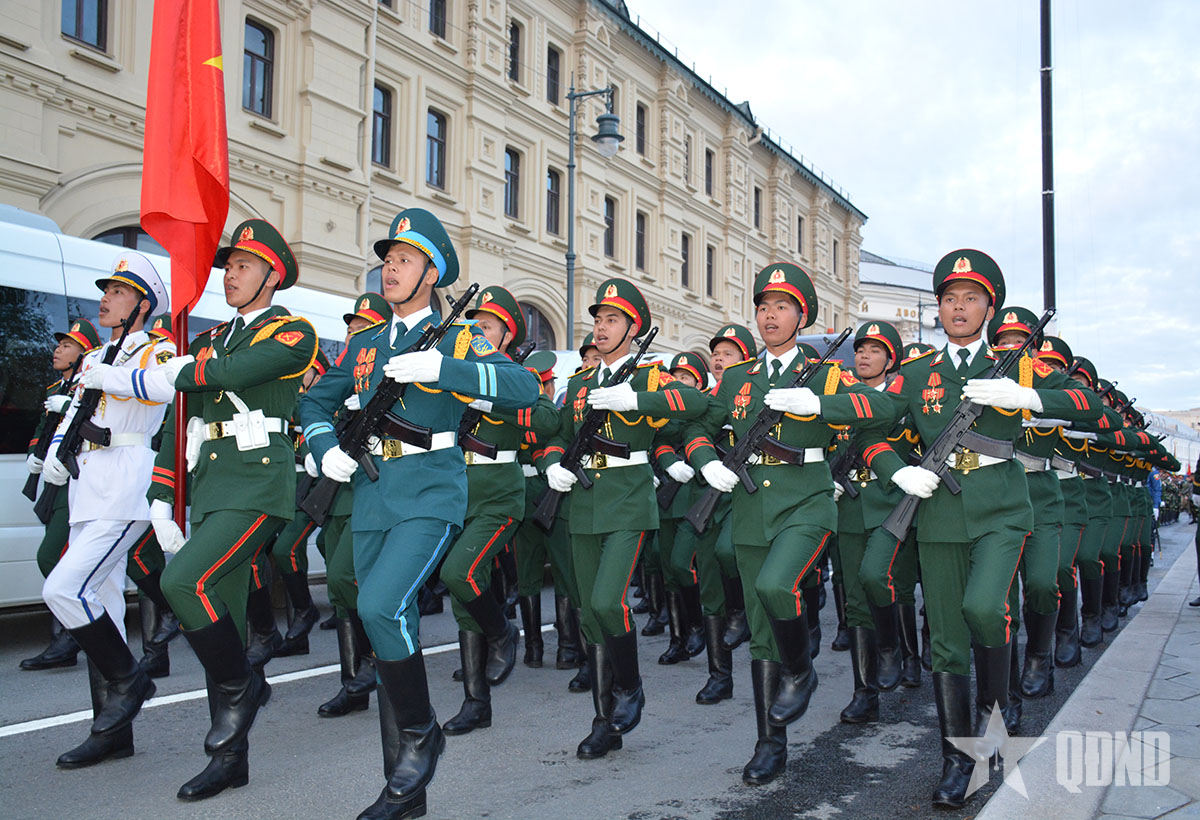
![[Photo] Vietnam shines at Paris International Fair 2025 with cultural and culinary colors](https://vstatic.vietnam.vn/vietnam/resource/IMAGE/2025/5/4/74b16c2a197a42eb97597414009d4eb8)


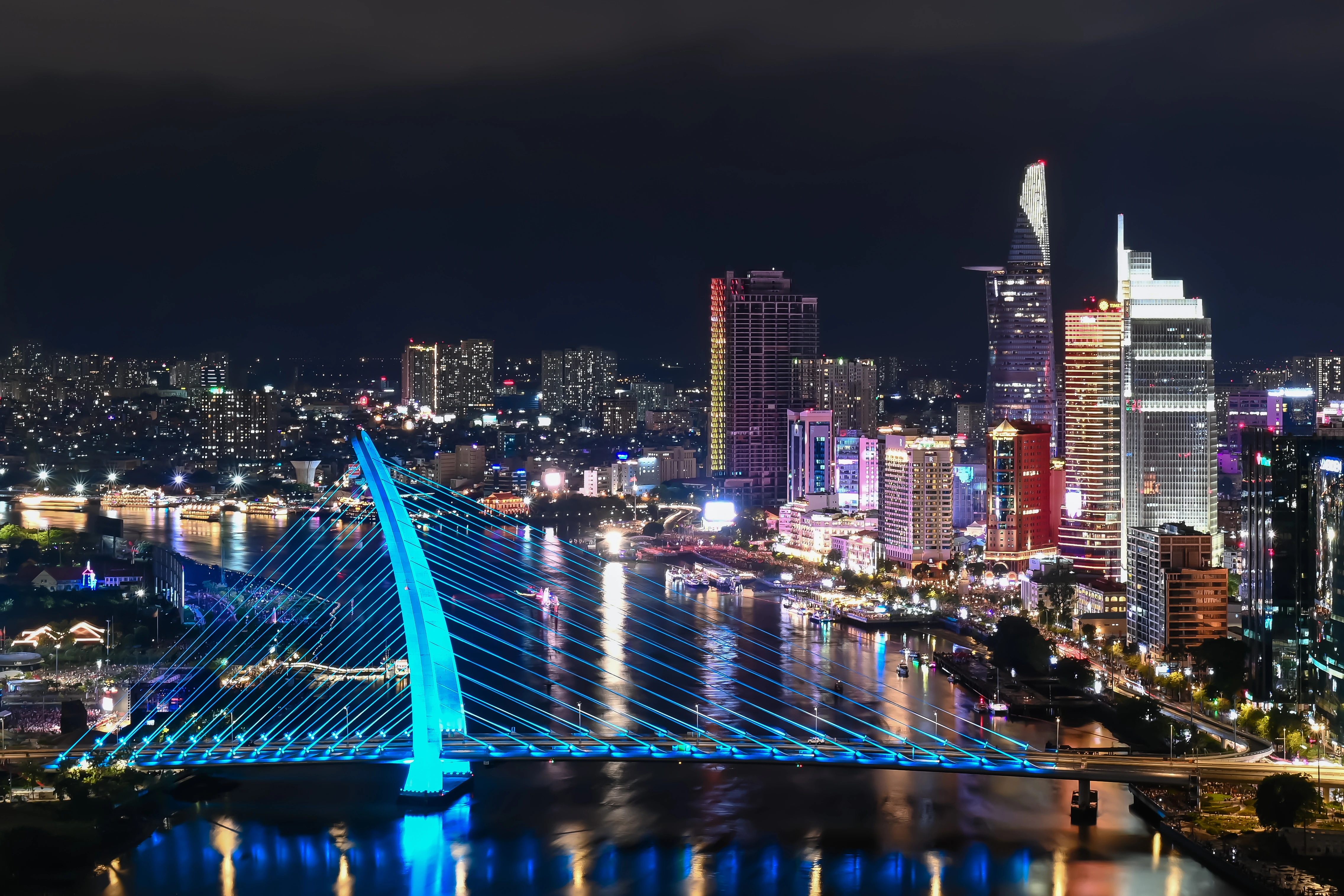
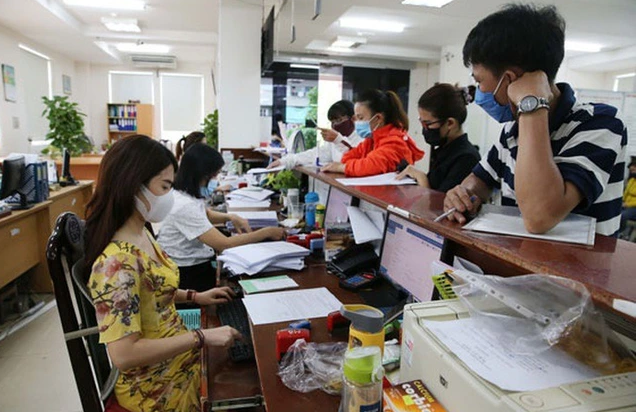


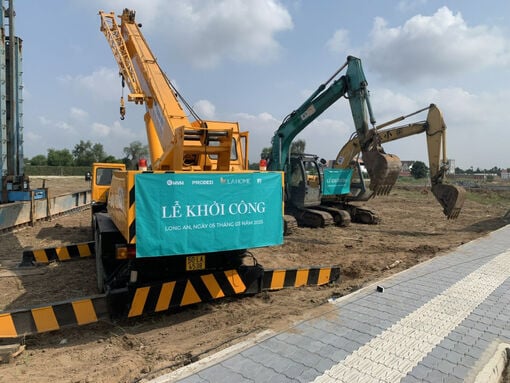

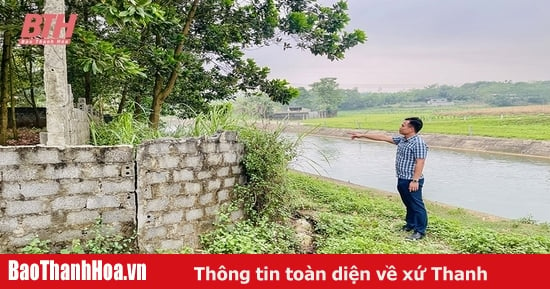



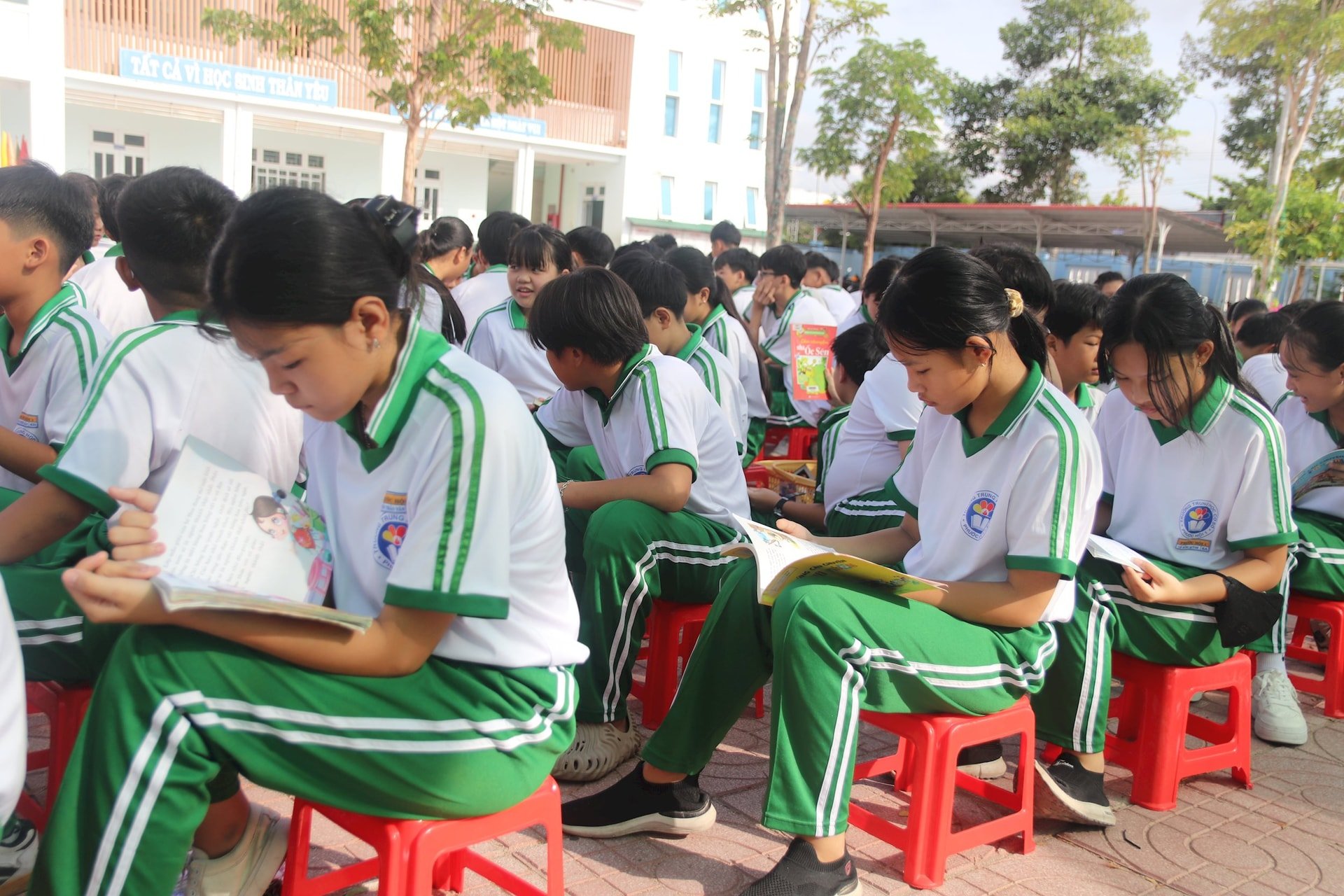





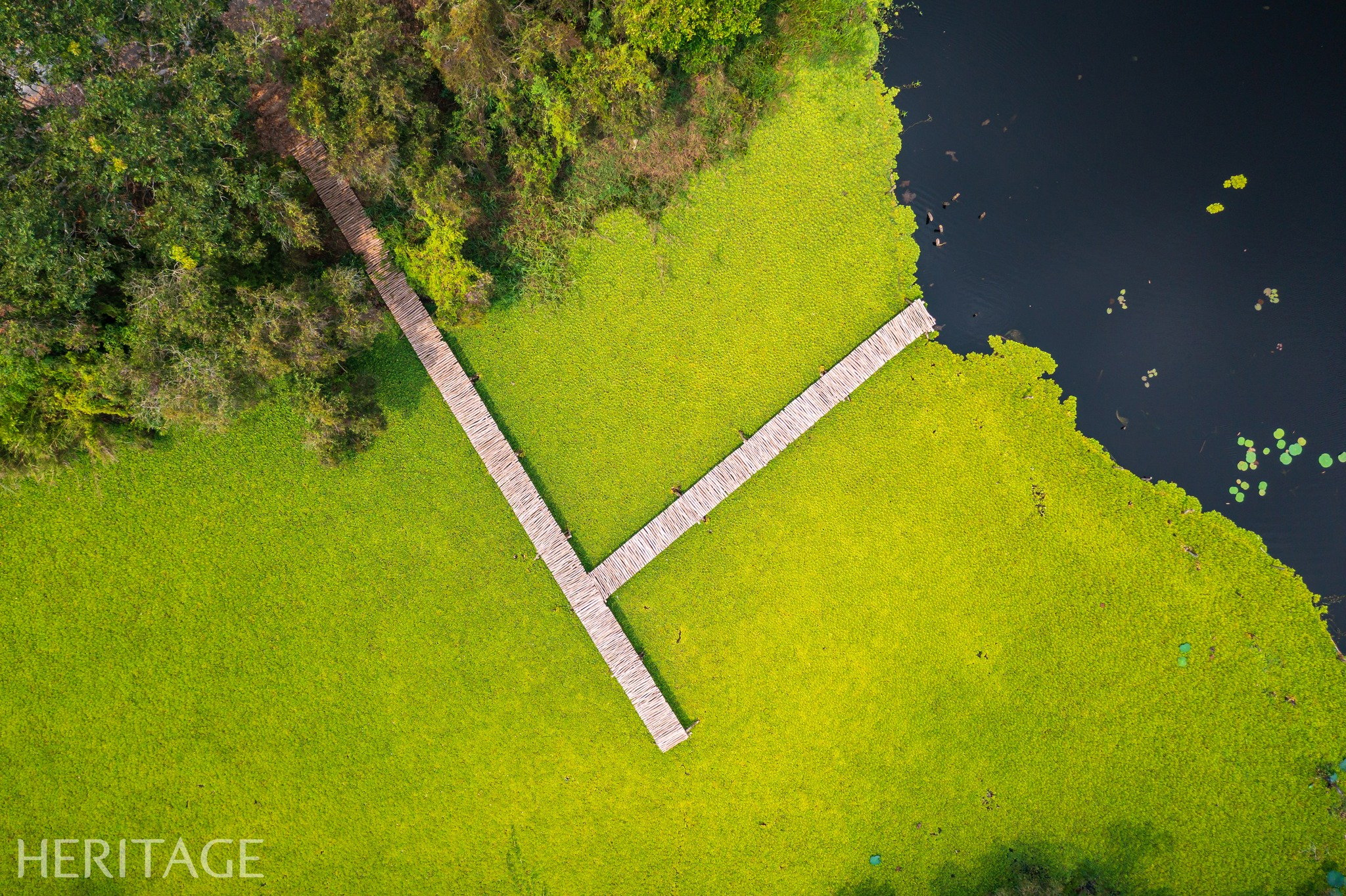
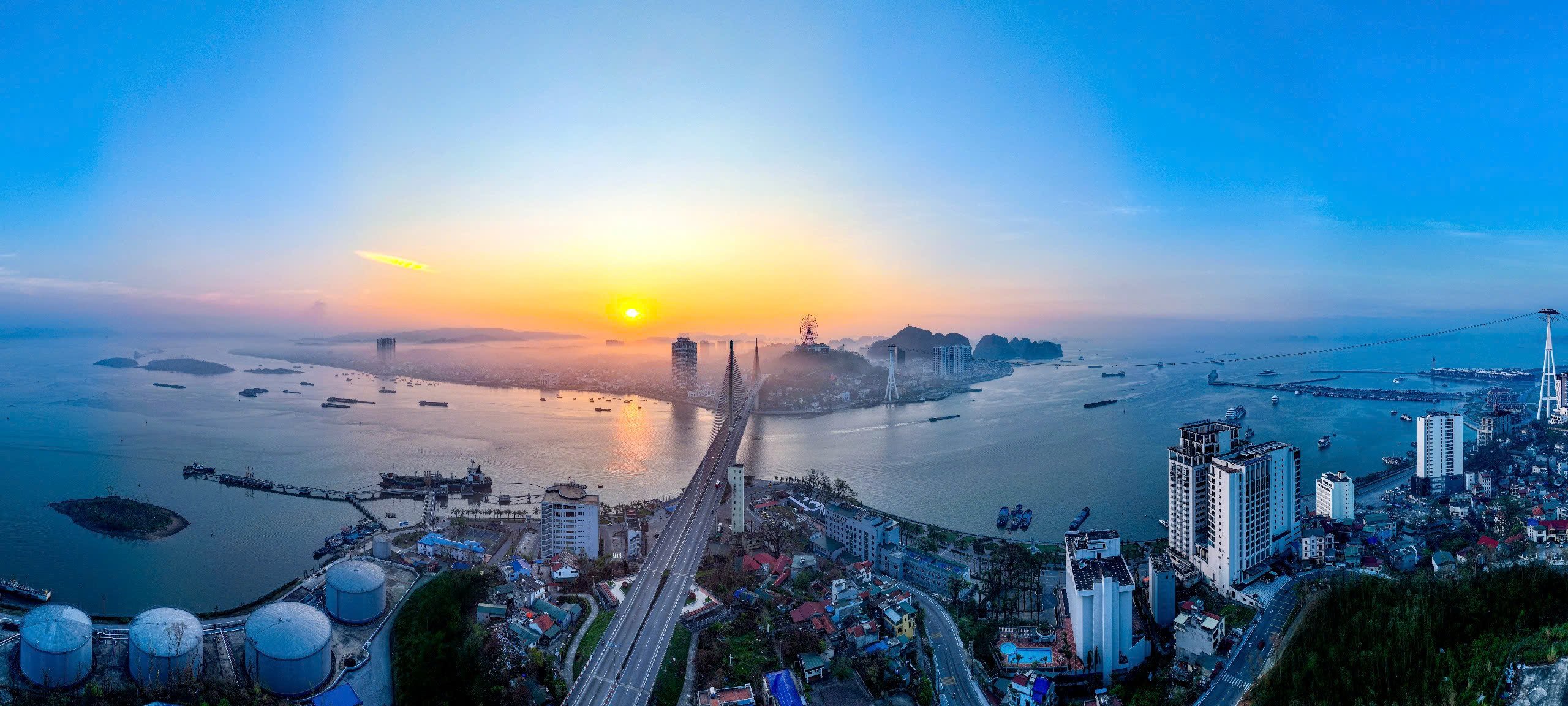




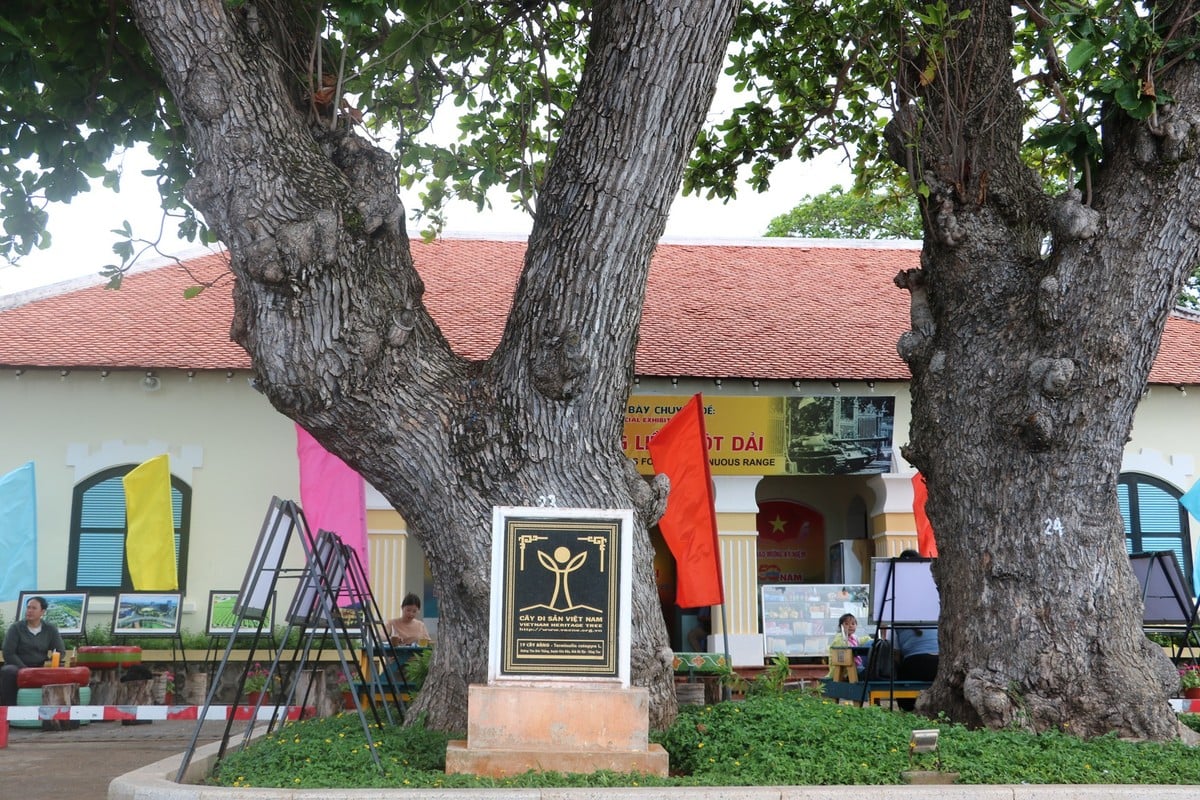

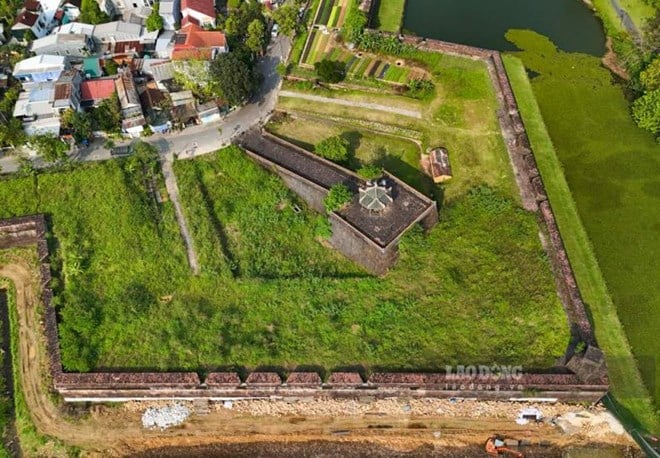

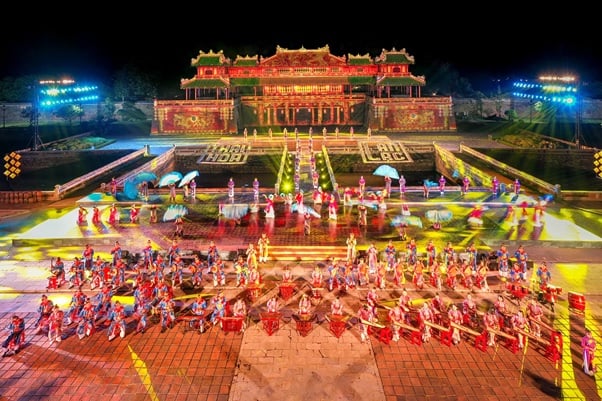


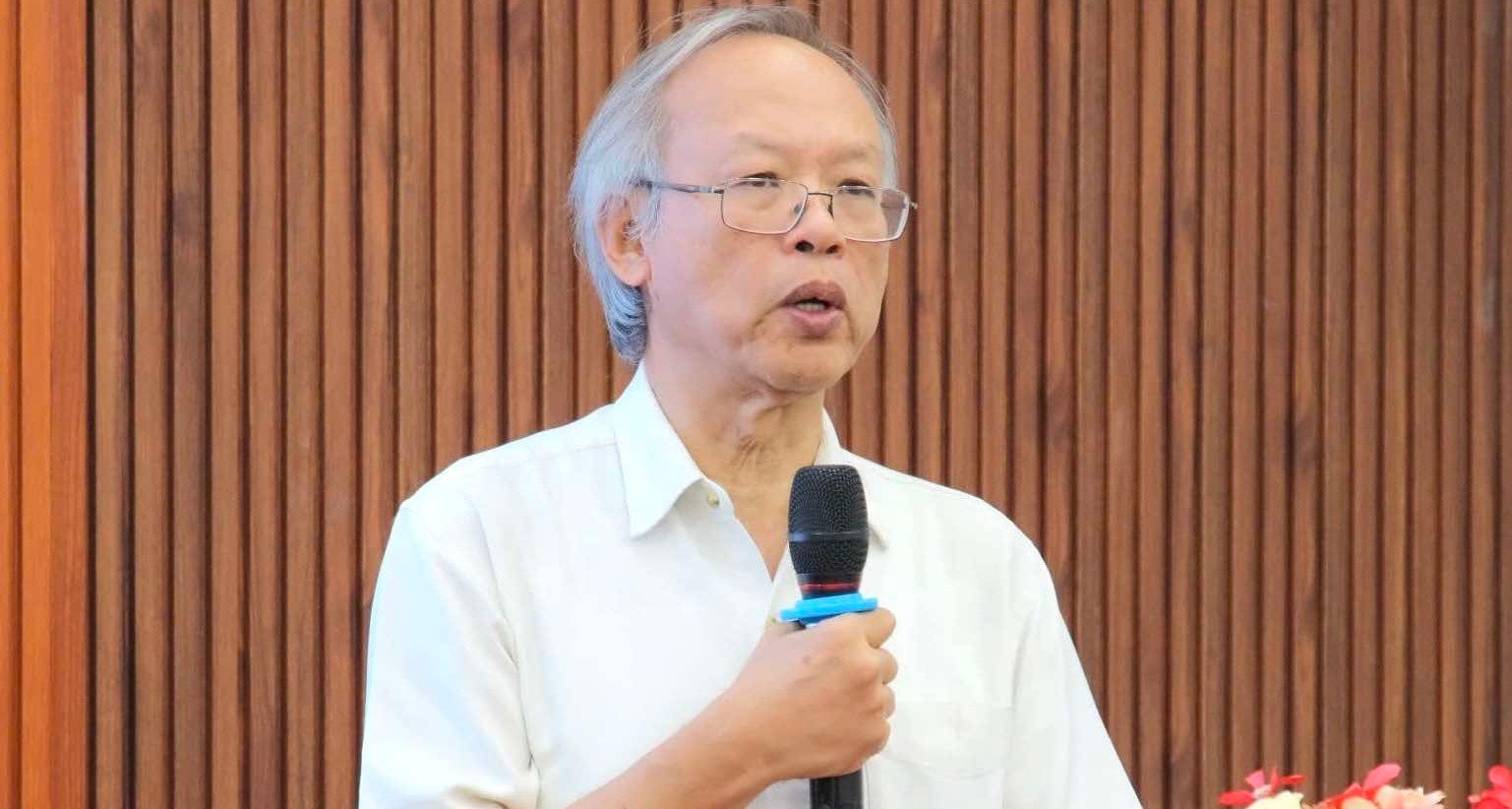






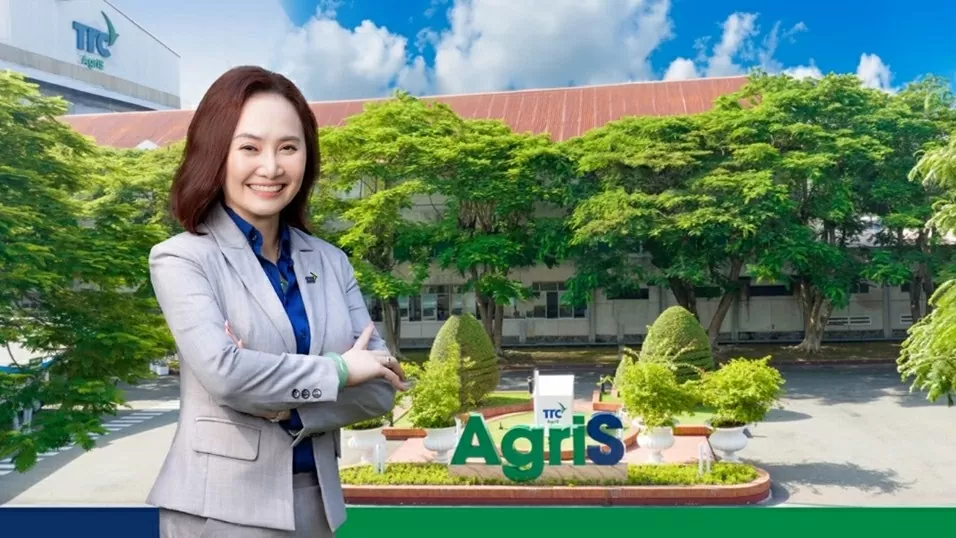



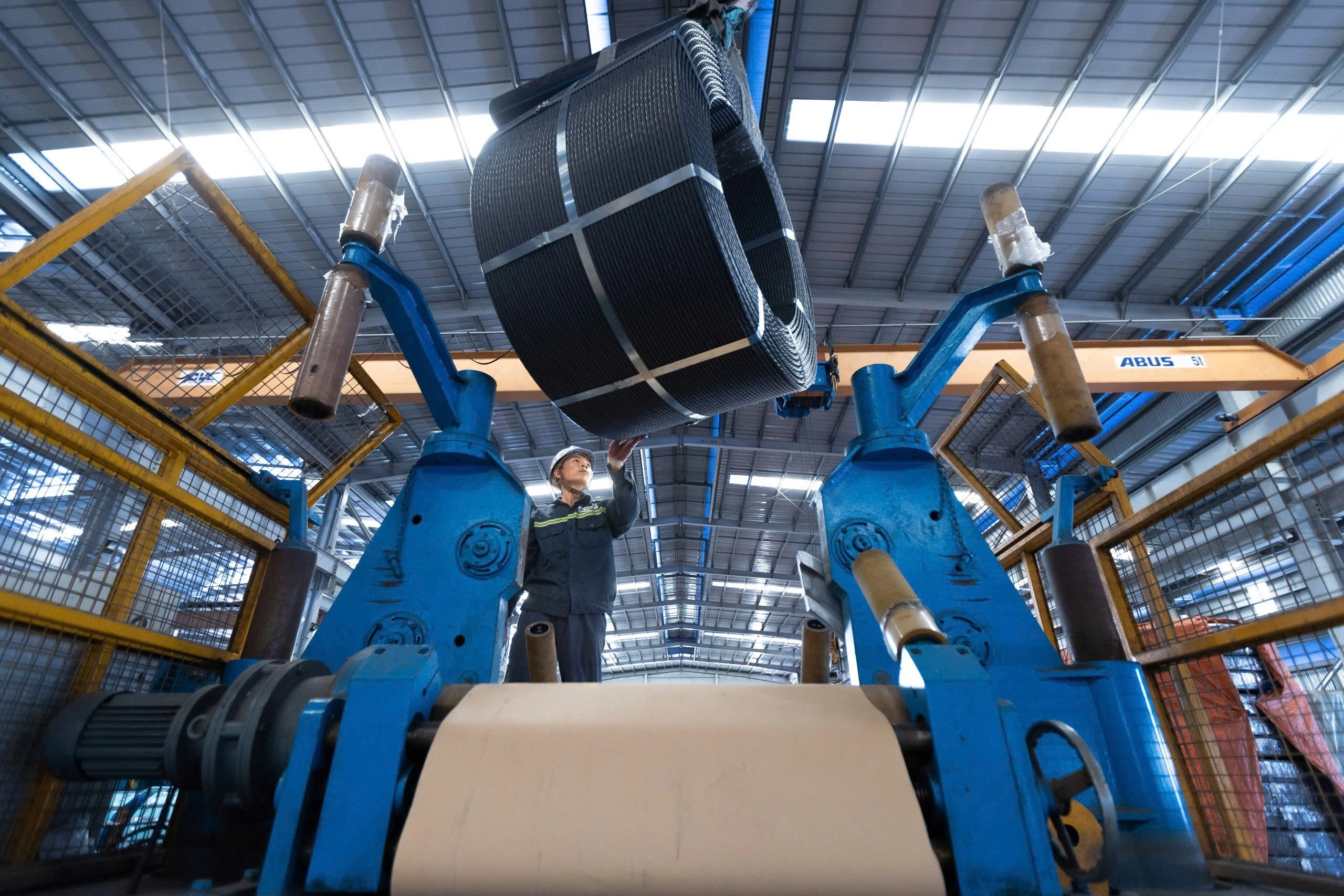



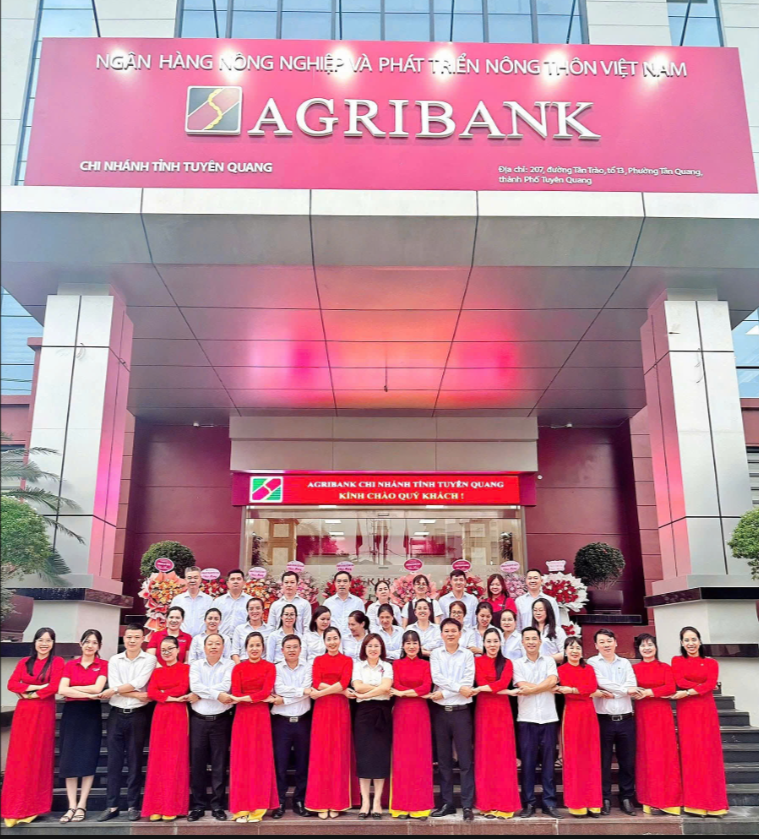


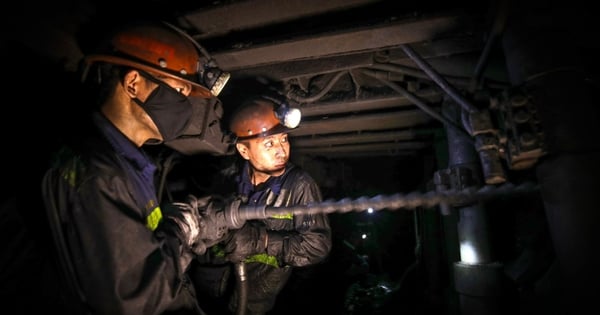






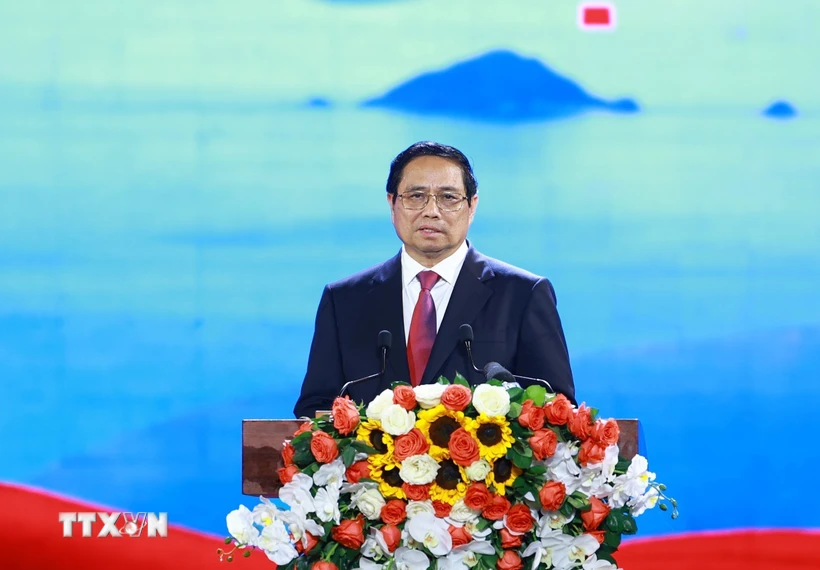



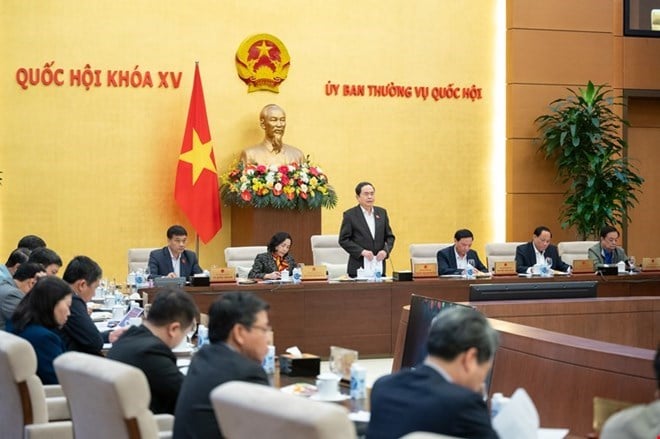





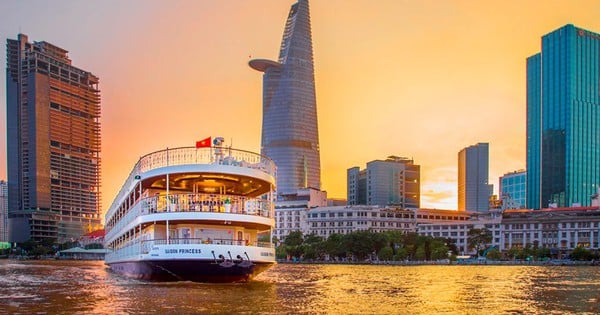
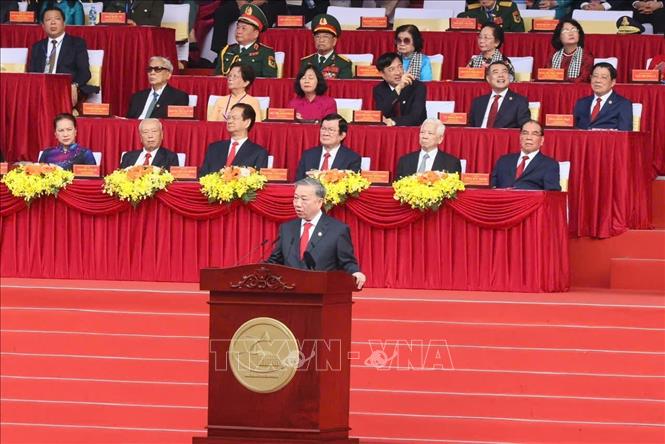





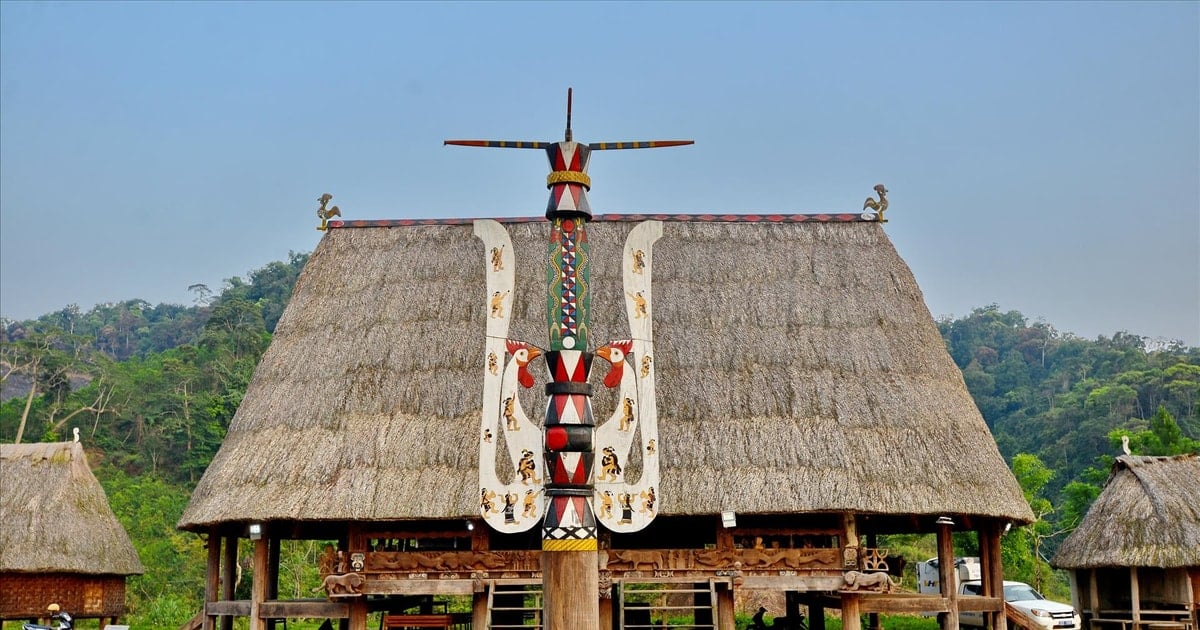





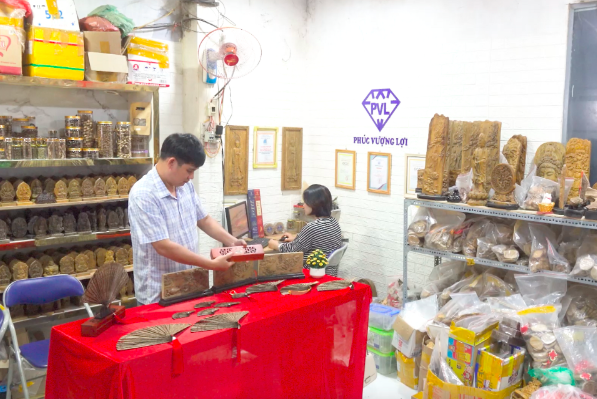


![[Video]. Building OCOP products based on local strengths](https://vstatic.vietnam.vn/vietnam/resource/IMAGE/2025/5/3/61677e8b3a364110b271e7b15ed91b3f)



Comment (0)